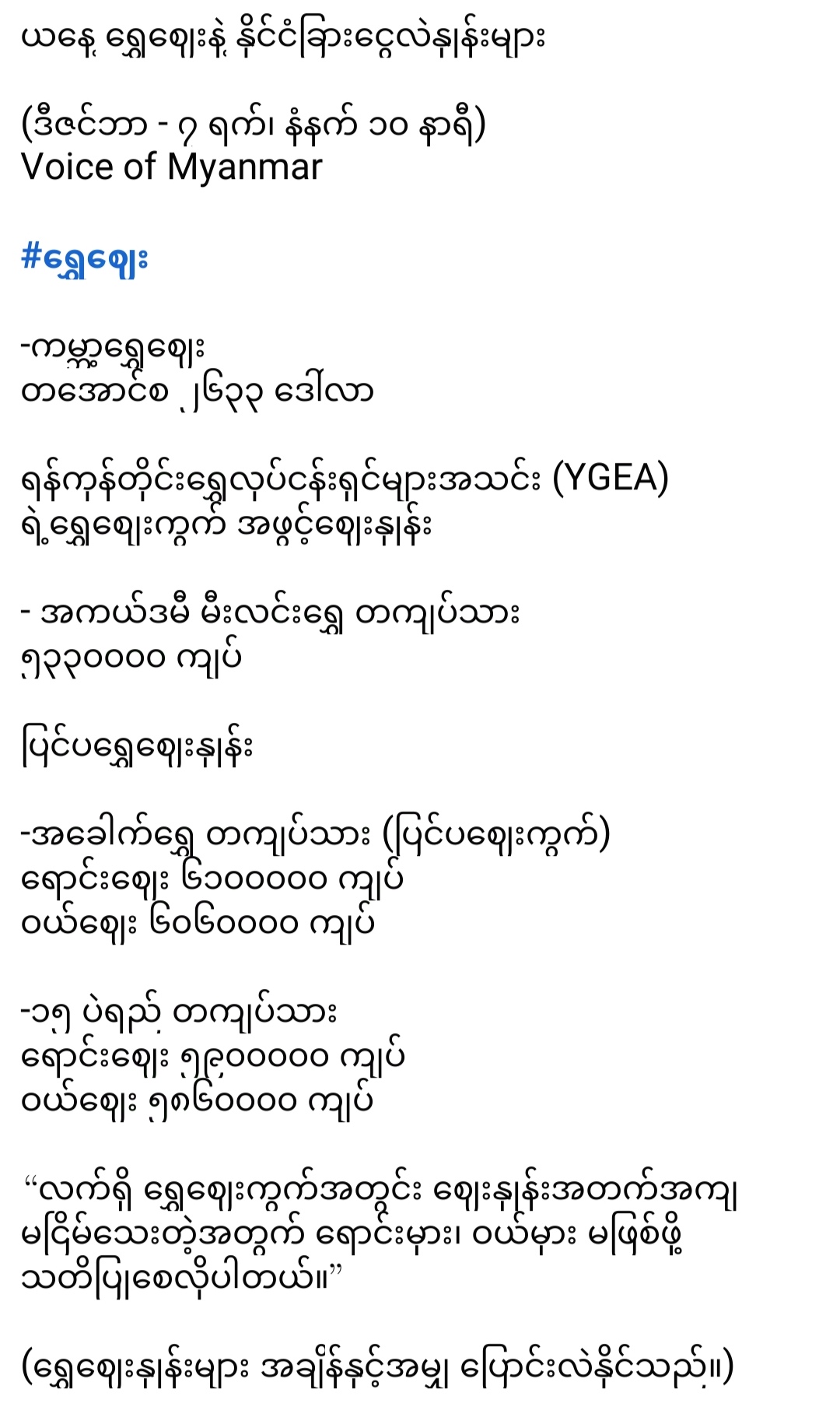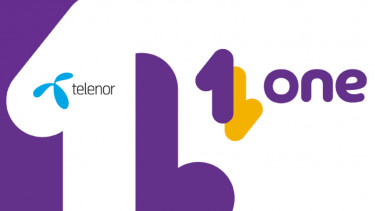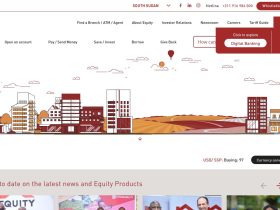
Telecommunication companies in Montenegro
Montenegro, a small but strategically located Balkan country, has a vibrant telecommunications sector that plays a vital role in the country’s economy and connectivity. With a population of just over 600,000, Montenegro has developed a competitive telecom market, supported by strong regulations and advancements in technology. Here’s an overview of the telecommunication companies operating in Montenegro.
Major Telecommunications Providers in Montenegro
1. Crnogorski Telekom
Crnogorski Telekom is the largest telecommunications provider in Montenegro and a subsidiary of Deutsche Telekom. It offers a comprehensive range of services, including fixed-line telephony, mobile telephony, internet services, and digital TV. The company is known for its robust 4G and 5G network coverage, ensuring connectivity across urban and rural areas. Its Magenta-branded packages are particularly popular, bundling mobile, internet, and TV services into cost-effective plans. Crnogorski Telekom also focuses on innovation, introducing smart solutions and IoT services for businesses and homes.
2. Telenor Montenegro (One Montenegro)
Formerly known as Telenor Montenegro, this company was rebranded as One Montenegro after being acquired by the 4iG Group. It is a key player in the mobile telecommunications market, offering extensive 4G coverage and competitive prepaid and postpaid plans. One Montenegro is known for its customer-centric approach, providing tailored solutions for individuals and businesses. It also emphasizes sustainable practices and digital transformation, investing in cutting-edge infrastructure and services.
3. M:tel Montenegro
M:tel Montenegro is a subsidiary of Telekom Srbija and one of the fastest-growing telecommunications providers in the country. The company provides mobile telephony, internet, and TV services, catering to both individual and corporate customers. M:tel’s mobile network covers almost the entire country, and its packages often include unlimited data options, appealing to heavy users. The company is also active in digital innovation, offering advanced TV platforms and smart home services.
Market Dynamics
Montenegro’s telecommunications market is competitive, with these three major players dominating the industry. The government, through the Agency for Electronic Communications and Postal Services (EKIP), regulates the sector to ensure fair competition and protect consumer rights. The introduction of 5G technology has further intensified competition, with companies racing to expand their networks and offer faster, more reliable services.
Internet and Mobile Penetration
Montenegro has a high mobile penetration rate, exceeding 100%, indicating that many citizens use multiple SIM cards. The country also boasts widespread broadband internet coverage, with both fixed and mobile networks reaching most households. The rise of fiber-optic networks has enhanced internet speeds, enabling better access to digital services.
Challenges and Opportunities
While the sector is growing, it faces challenges such as the need for continuous infrastructure upgrades and competition from over-the-top (OTT) services like WhatsApp and Skype. However, the increasing demand for digital transformation presents opportunities for telecom companies to innovate. Initiatives like e-government services, smart cities, and 5G-driven applications are expected to shape the future of the industry.
Conclusion
Montenegro’s telecommunications sector is characterized by robust competition, advanced infrastructure, and a customer-centric approach. Crnogorski Telekom, One Montenegro, and M:tel Montenegro continue to lead the market, driving connectivity and digital innovation. With continued investment and regulatory support, the sector is poised to play a crucial role in Montenegro’s economic and social development.




Leave a Reply